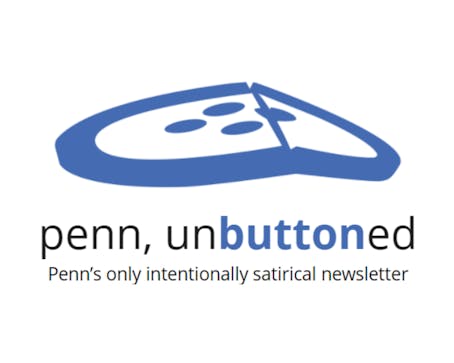Budding researchers and scientists are all around Penn's campus -- yet most are hidden in the crevices of book stacks and small dormitory rooms.
PennScience Journal of Undergraduate Research has solved this problem of unrecognized researchers by providing a means of expression for students interested in a range of fields. These areas span from anthropology and psychology to geology and neuroscience.
Following the conclusion of the fall semester, PennScience began distributing its third issue, which featured an article about a new treatment for heart failure as well as an interview with NASA researcher Adrian Hooke.
The journal is published twice a year and serves as a "multidisciplinary journal [where] articles generally come from any discipline of science or engineering," according to Editor in Chief Wendelin Michel.
The format allows both Engineering and non-Engineering students to be an active part of the journal.
The issue features five areas of study including bioengineering, biochemistry, neurobiology, medicine and computer modeling.
College senior Mei Elansary wrote an article for the biochemistry section of the journal, focusing on gene resistance related to tuberculosis.
"I submitted the article to PennScience because I think it provides an important forum for undergraduates to share their research projects," said Elansary, who won the Dean's Research Award recognizing her work.
Joshua Doloff, an Engineering senior, wrote an article for the bioengineering section.
"I showed it was possible to create a 3D bone-like substrate," Doloff said about his contribution. He added that the challenge of his research is "that the human body is complicated enough as it is, so it almost feels like a detective story in some respects."
Doloff's work on bone-like substrates is complemented by Engineering senior Emily Mok's work. Mok said her piece on computer modeling recreates "complicated hand motions in the virtual world animation environment."
Through her research, Mok hoped to "spread the word that graphical modeling is an amazing field ... and holds great potential."
Studies of proteins and cell regrowth are another area of focus in this issue of PennScience. College senior Tim Pirolli's research involved inducing a heart attack in a rat.
The project "show[ed] that even after a heart attack, injecting a virus encoding the hepatocyte growth factor can preserve affected heart tissue and ultimately save the rat's and someday a human's life,"Pirolli said.
To top off the medical articles in the journal, College senior Evan Hawkins studied research "aimed at better understanding obesity and diabetes."
As this issue is being distributed, the research by Penn students continues. Graduate Consultant Lauren Bylsma explained that the journal is currently looking forward to the spring 2004 issue coming out this April.
According to Doloff, the next journal issue hopes to continue to share "some of the magic of science, and some of what it does for us when harnessed correctly."
The Daily Pennsylvanian is an independent, student-run newspaper. Please consider making a donation to support the coverage that shapes the University. Your generosity ensures a future of strong journalism at Penn.
DonatePlease note All comments are eligible for publication in The Daily Pennsylvanian.







